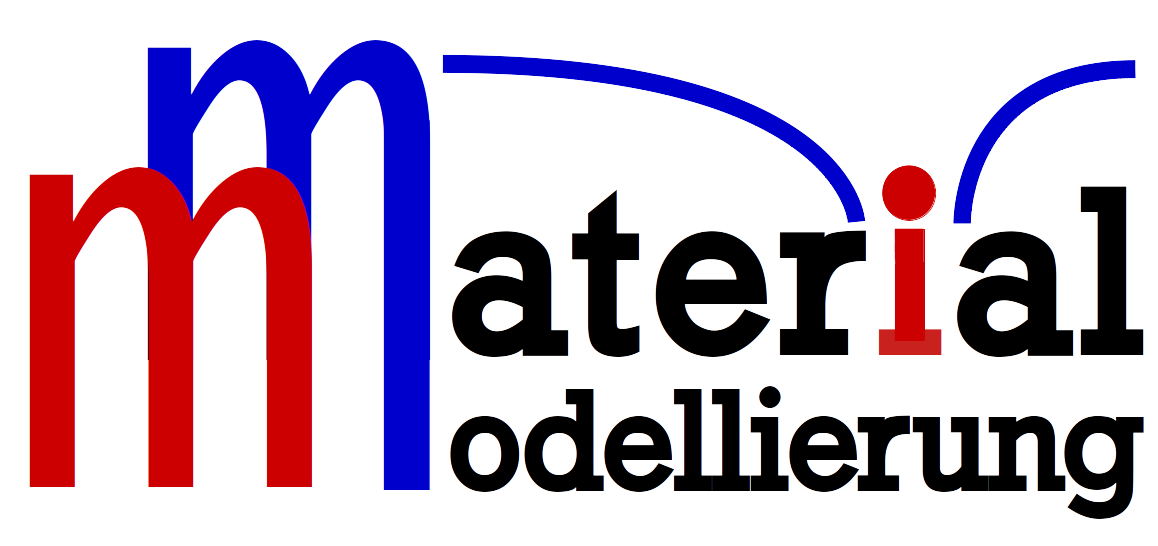Defect driven flexo-chemical phenomena in ferroics
A phenomenological theory
2020/12/28 by Y. Genenko
This review is focused on the phenomenological description of the elastic defects influence on the electrophysical properties of nanosized ferroics. Using the Landau-Ginzburg-Devonshire phenomenological approach we consider the contribution of the elastic defects (e.g. neutral oxygen vacancies) on the phase transitions temperatures, phase diagrams, piezoresistive, dielectric and polar properties of thin ferroelectric films and nanoparticles. We pay special attention to the role of flexoelectric effect, Vegard strains and stresses, including their synergy, called flexo-chemical coupling, on the defect-driven phenomena in nanoferroics. We explore the influence of mobile charged defects migration (e.g. the drift and diffusion of cations or charged oxygen vacancies) on the domain structure evolution in thin ferroelectric films. Also, we discuss the possibilities of the uncharged elastic defects self-ordering ordering in thin strained oxide films, and show that a thermodynamically stable disordered phase, spatially modulated phases, and long-range ordered phases with defect layers parallel or perpendicular to substrate plane can appear in the phase diagram in dependence on the film-substrate mismatch strain, concentration of elastic defects and Vegard coefficients. Since the long-range ordered ferroic phases can become multiferroic when some elastic dipoles become electric ones, the obtained results open the way to create and control defect-ordered superstructures by the choice of appropriate substrate and defect concentration in thin ferroic films.

The work appeared here:



